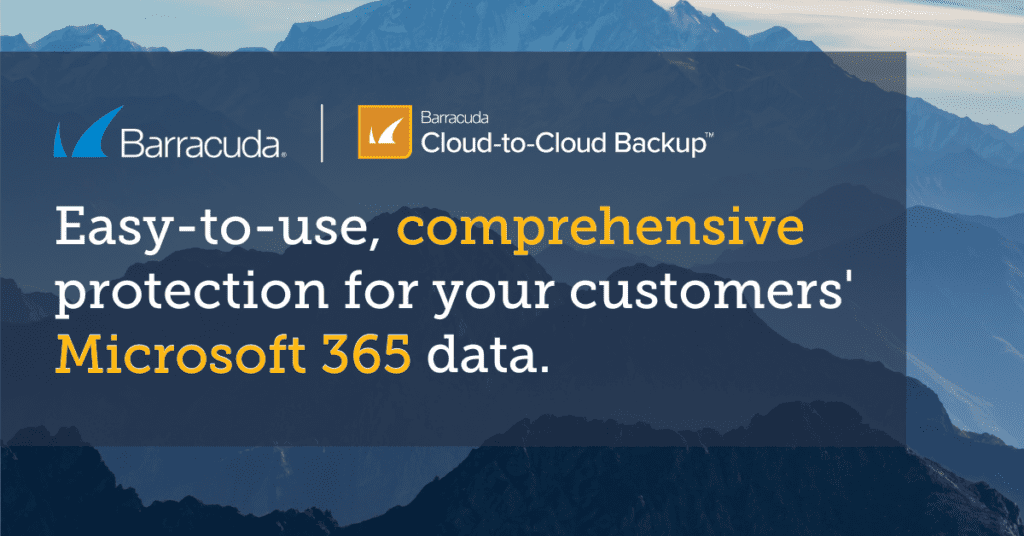 A report from Synergy Research Group finds total global spending on cloud services and infrastructure reached $427 billion in the first half of 2024, a 23 percent year-over-year increase.
A report from Synergy Research Group finds total global spending on cloud services and infrastructure reached $427 billion in the first half of 2024, a 23 percent year-over-year increase.
During this time, consumption of infrastructure-as-a-service (IaaS), platform-as-a-service (PaaS), and software-as-a-service (SaaS) platforms grew on average 21 percent, while spending on public and private cloud data centers grew by an average of 30 percent, according to the report.
Not surprisingly, providers of these services continue to invest to meet surging demand. The operational capacity of data center networks grew by 24 percent, while the pipeline for bringing additional data center capacity increased by 47 percent, the report noted.
The bulk of those investments are in the U.S., which accounts for 44 percent of all cloud service revenues, 53 percent of hyperscale data center capacity, and 47 percent of the market for cloud data center hardware and software.
Navigating the cloud landscape
Despite a growing number of instances where organizations are moving workloads from the cloud to an on-premises environment to reduce costs, it’s apparent that investments in cloud services only continue to rise. In many cases, those investments provide the infrastructure needed to train artificial intelligence (AI) models that consume massive amounts of computing, storage, and networking resources.
As reliance on cloud services increases so too naturally, does the demand for expertise to manage it. Unfortunately, managed service providers (MSPs) often find themselves competing with cloud service providers that have their own portfolio of managed services to offer. Many MSPs may opt to resell those services but ensuring profitability generally means finding ways to provide value above and beyond what a cloud services provider might offer.
For example, a third-party MSP will typically enable organizations to more aggressively apply best FinOps practices to optimize budget dollars allocated to cloud computing. Alternatively, MSPs can provide additional cybersecurity expertise at a time when many organizations are still unsure of what aspects of cloud security they are specifically expected to manage.
Unlocking the value in hybrid cloud environments
In the long term, however, it’s only a matter of time before organizations spread more of their workloads across multiple cloud services. As that trend continues, many will determine they lack the skills and expertise to effectively manage a hybrid cloud computing environment. It will become increasingly difficult to distinguish between so-called public cloud services and on-premises IT environments that are increasingly being managed in a similar fashion.
Regardless of where workloads run, however, the more distributed IT environments become, in the age of the cloud, the more opportunities there will be for MSPs to add value. The more complex IT environments become the less likely it is an internal IT team will be able to manage them without help from an MSP.
The challenge, as always, is convincing organizations that the more they rely on an MSP, the better off they will be simply because they are going to be in a better position to invest what limited resources they have in building and deploying software that differentiates their business versus managing IT infrastructure that ultimately is a means to that end.
Photo: vvoe / Shutterstock

